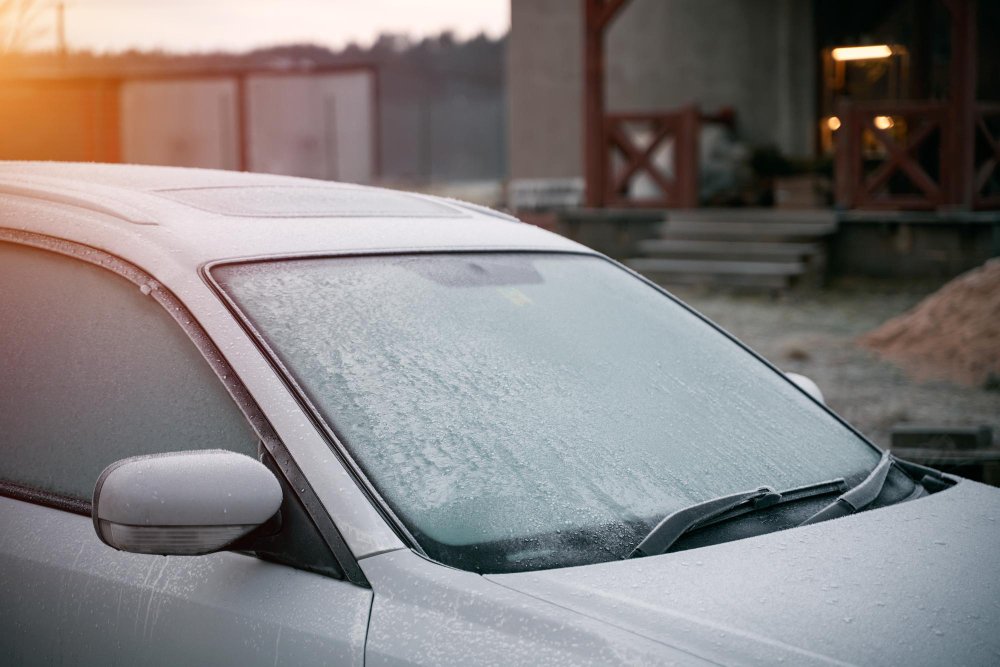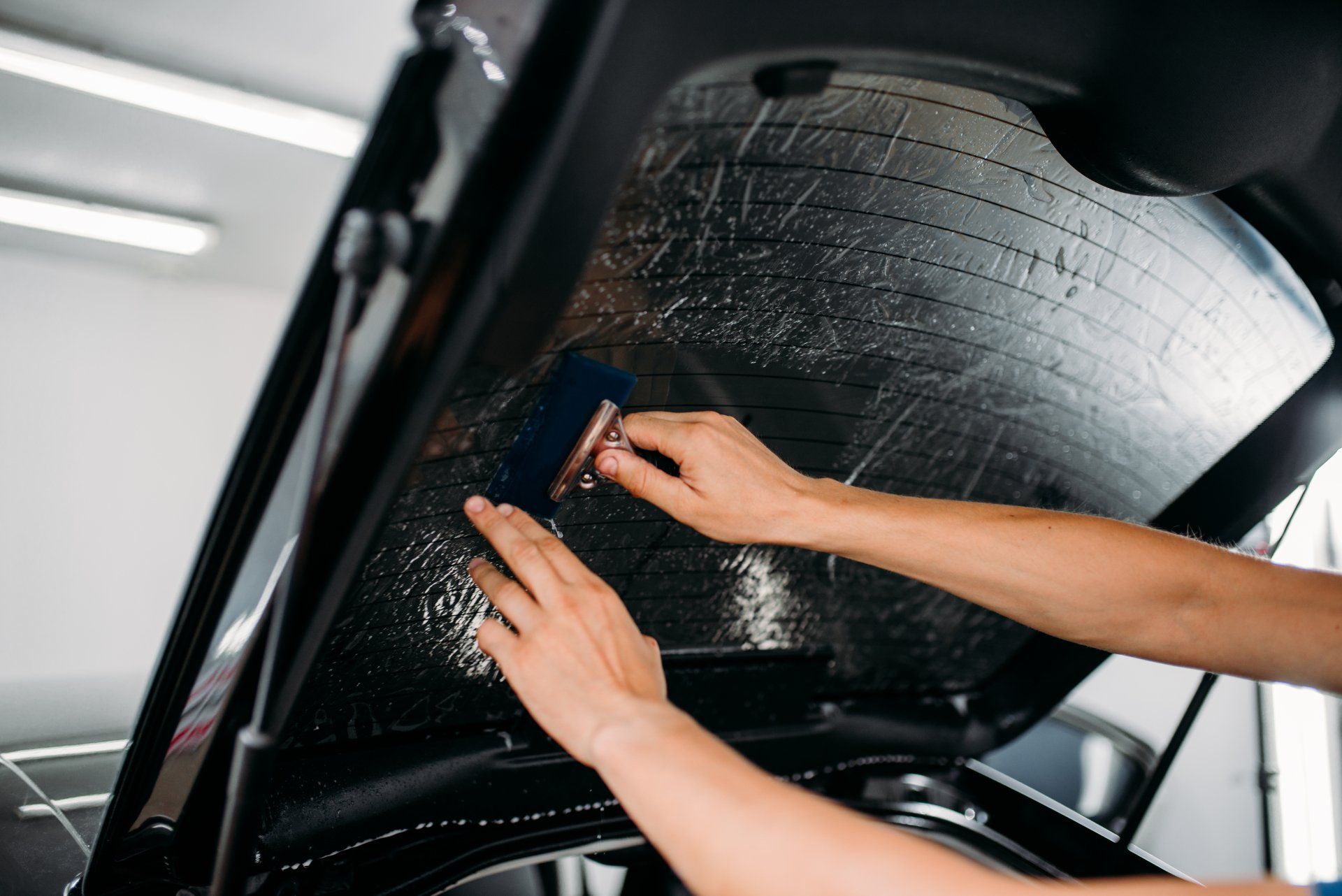Customized Car Window Tinting Solutions for a Smooth and Elegant Appearance
Wiki Article
Window Tinting Laws and Standards: What You Need to Know Prior To Tinting Your Auto
Prior to continuing with home window tinting for your lorry, it is crucial to acquaint on your own with the varied legislations and standards that control this technique throughout different states. These laws dictate the permissible degrees of tint darkness, typically measured by noticeable light transmission (VLT) percentages, and consist of details specifications for front windscreens focused on ensuring roadway security. Furthermore, particular jurisdictions might supply medical exceptions for individuals with certifying conditions. Recognizing these complexities can save you from potential lawful ramifications, yet what are the specific policies in your state?Summary of Window Tinting Rules
Home window tinting legislations are frequently subject to variation across various territories, reflecting regional regulations and security factors to consider. These regulations dictate the allowable degrees of color darkness and reflectiveness on lorry home windows, making certain that drivers maintain ample visibility while additionally shielding against damaging UV rays and warmth.Most laws categorize window tinting based on the Visible Light Transmission (VLT) portion, which indicates the quantity of light that can travel through the window. Usually, lower VLT percents indicate darker colors. Laws frequently distinguish between the front, side, and rear home windows, with stricter limitations related to the front windscreen to boost security for both the chauffeur and other roadway individuals.
In addition, some jurisdictions impose limitations on the reflectivity of the tint, preventing excessive glare that can impair exposure. Exemptions to these legislations might exist for people with specific clinical conditions calling for additional sun security. Compliance with home window tinting policies is important, as infractions can lead to fines, required removal of the tint, and prospective boosts in insurance costs. It is necessary for automobile proprietors to acquaint themselves with neighborhood regulations prior to proceeding with window tinting installments.
State-by-State Color Rules
Comprehending the details window tinting regulations in each state is essential for vehicle owners looking for to adhere to the law. Each state in the U.S. has actually developed its very own set of rules regulating home window tinting, which can vary substantially. These regulations often determine the permitted degrees of tint darkness, the kinds of home windows that can be tinted, and any type of medical exceptions that may use.For circumstances, states like The golden state have strict restrictions on color darkness for front home windows, while others, such as New Mexico, may permit darker colors. Additionally, particular states mandate certain presence percentages for various home windows, including the windscreen, front side home windows, and back home windows. It is important for automobile proprietors to acquaint themselves with their state's regulations to stay clear of potential fines or charges.
Furthermore, some states might need a certification sticker label to be positioned on colored windows, suggesting compliance with state laws. Failure to abide by these policies not just runs the risk of lawful repercussions yet can also affect safety and security and presence while driving. Automobile owners ought to conduct extensive research or consult local authorities to make sure complete understanding and compliance with state-by-state color laws.
Allowed Color Levels and Kinds
Many lorry proprietors might be stunned to discover that permitted color degrees and kinds vary commonly throughout different states. Each state has established its very own regulations pertaining to the allowable darkness and reflectivity of window tint, typically determined by Visible Light Transmission (VLT) percents. visit here VLT refers to the quantity of light that can travel through the colored home windows; thus, a lower portion shows a darker tint.
Additionally, the sorts of color materials enabled can differ, with some states restricting metal or mirror-like finishes. It is crucial for automobile proprietors to familiarize themselves with their state's particular legislations to ensure compliance. Non-compliance can result in penalties, required elimination of the color, or other legal effects, making it vital to understand these regulations prior to waging installation.
Medical Exceptions for Tinting
While not all states offer allowances for clinical exemptions regarding home window tinting, those that do recognize the need for specific people to improve visibility and comfort because of medical problems. Numerous medical problems, such as lupus, skin cancer, and certain eye conditions, can provide individuals particularly sensitive to sunshine. These people may call for darker tints to protect themselves from harmful UV rays and glare.
It is necessary to keep in mind that also with a medical exemption, there might still be limitations on the level of color permitted. Compliance with state regulations ensures that people are both safeguarded and within legal restrictions. Those considering clinical exemptions must call their regional Division of Motor Autos or equivalent authority to comprehend the treatments and requirements needed to use for an exemption properly.
Charges for Non-Compliance
Failing to adhere to home window tinting legislations can result in considerable penalties, which vary by state. Police are empowered to issue citations for automobiles that do not follow the specified tinting policies. These charges commonly include fines, which can range from modest amounts to several hundred bucks, relying on the extent of the offense and the state concerned.In some jurisdictions, repeated offenses may cause intensifying fines or extra charges, such as mandatory court appearances. Additionally, non-compliance may require the removal of illegal tinting, frequently at the proprietor's expense. In severe cases, habitual culprits may deal with suspension of their lorry registration until compliance is achieved.
Additionally, insurance effects might develop from receiving numerous citations for window go to the website tint offenses. Insurers may check out such offenses as a sign of riskier actions, possibly leading to enhanced costs or problem in insurance coverage.
To stay clear of these charges, it is essential for vehicle proprietors to familiarize themselves with their local home window tinting regulations and ensure that their automobile complies (Window Tinting). This positive strategy not just stays clear of legal implications yet likewise advertises road safety and security
Final Thought

Most laws categorize home window tinting based on the Visible Light Transmission (VLT) percent, which shows the amount of light that can pass with the home window. Conformity with home window tinting guidelines is essential, as offenses can result in fines, required removal of the tint, and prospective increases in insurance coverage premiums.Recognizing the certain home window tinting guidelines in each state is vital for lorry proprietors looking for to abide with the law. These regulations frequently determine the allowed degrees of color darkness, the types of browse around these guys windows that can be tinted, and any medical exemptions that may apply.
For instance, states like California have rigorous constraints on tint darkness for front windows, while others, such as New Mexico, may permit darker tints.
Report this wiki page